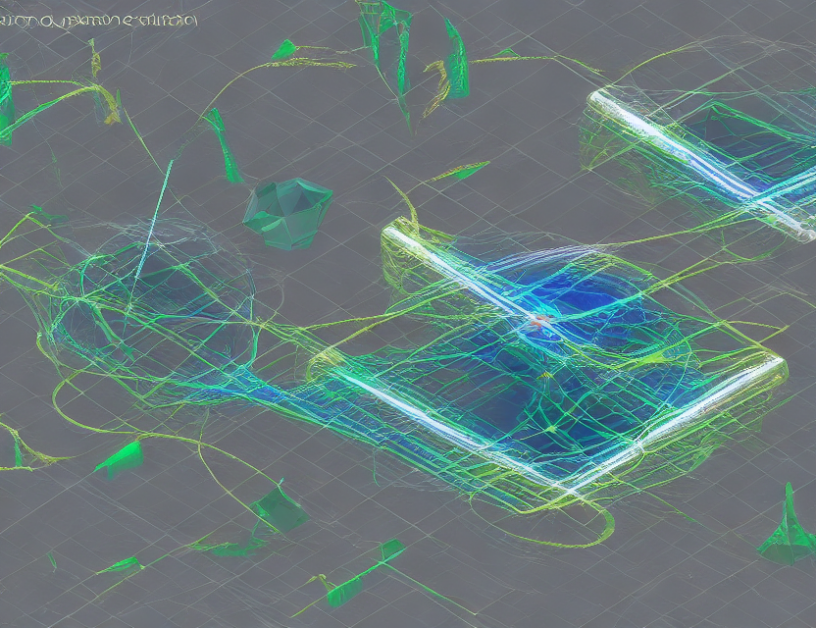Quantum computing is a promising technology that could revolutionize many fields, but it’s still in its early stages and faces significant challenges. One of the biggest obstacles is dealing with errors caused by noise in quantum systems. To overcome this challenge, researchers have developed techniques called "quantum error correction" and "fault tolerance." These techniques aim to protect quantum information against errors and maintain its integrity, even when the system is noisy or faulty.
In this article, we’ll explore these techniques in detail, demystifying complex concepts by using everyday language and engaging metaphors. We’ll cover the basics of quantum error correction, including how it works, different approaches, and the role of parity checks. We’ll also delve into more advanced topics such as surface codes, concatenated codes, and the importance of fault tolerance in quantum computing.
Let’s start with a simple analogy to understand quantum error correction. Imagine you have a message you want to send over a noisy phone line. You can use a technique called "error correction" to detect and correct errors in the message as it’s being transmitted. This is similar to how quantum error correction works, but instead of a noisy phone line, we’re dealing with a noisy quantum system.
The basic idea of quantum error correction is to protect quantum information against errors by using redundant data. In other words, we add extra information to the quantum state that allows us to detect and correct errors. This is similar to how we use parity checks in classical computing to detect errors in data. However, in quantum computing, we need more sophisticated techniques to handle the complexities of quantum systems.
There are several approaches to quantum error correction, including the use of codes such as surface codes and concatenated codes. Surface codes are a type of code that uses a 2D grid to store quantum information. These codes can detect errors by measuring the syndrome of the code, which is like a fingerprint of the quantum state. Concatenated codes, on the other hand, use multiple layers of encoding to protect quantum information against errors.
Fault tolerance is another important aspect of quantum computing that complements error correction. Fault tolerance refers to the ability to maintain the integrity of quantum information even when some parts of the system fail. This requires a combination of error correction and fault-tolerant architectures, such as topological codes, which can protect against errors by using non-local properties of the quantum state.
In summary, quantum error correction and fault tolerance are essential techniques for protecting quantum information against errors in noisy quantum systems. These techniques use various approaches, including parity checks, surface codes, concatenated codes, and fault-tolerant architectures, to maintain the integrity of quantum information. By understanding these concepts, we can better appreciate the challenges and opportunities of developing practical large-scale quantum computers.
Quantum Phase Estimation and its Applications in Quantum Computation



